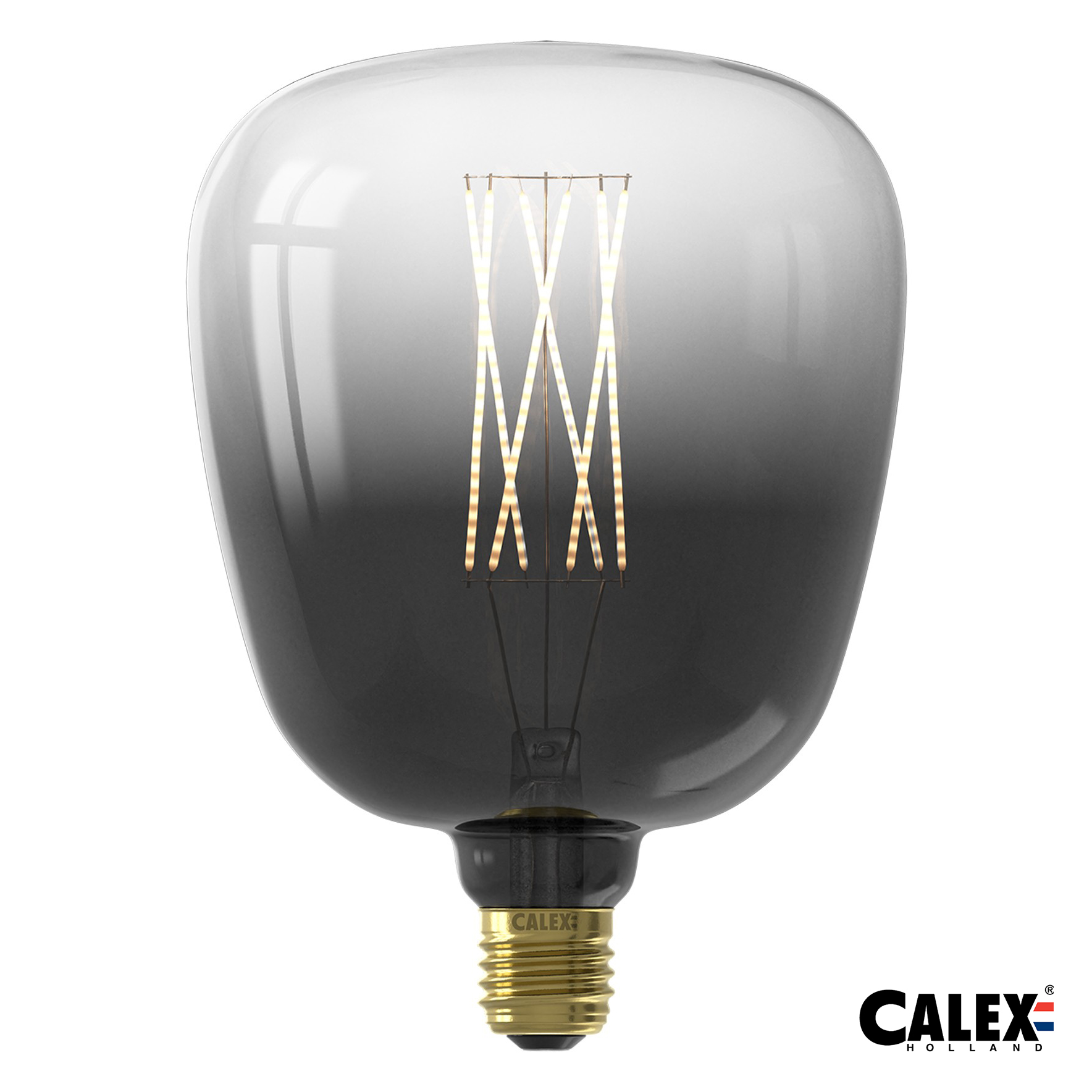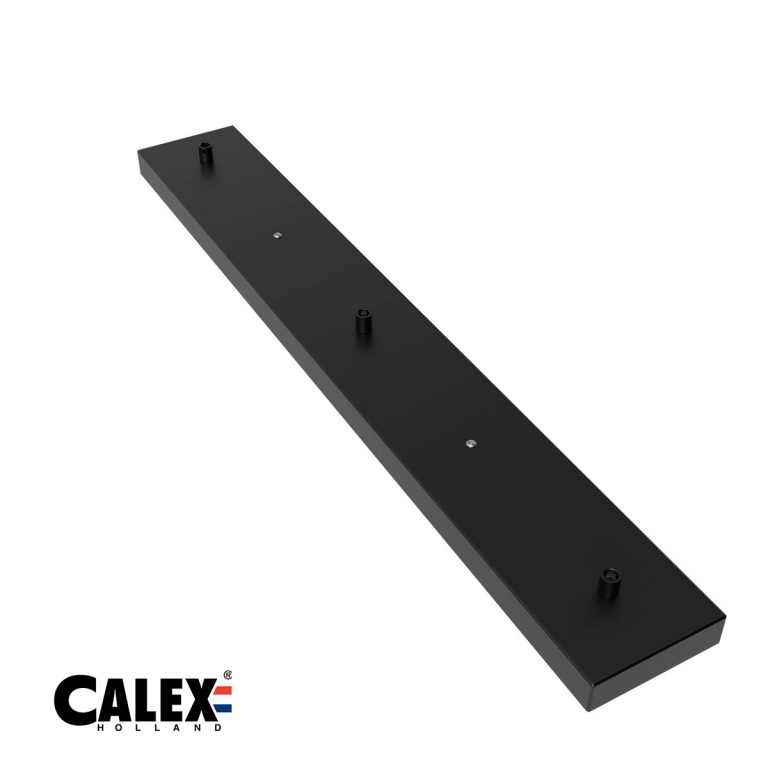
Thus far, no causal ‘necessity’ and ‘sufficiency’ experiments support this hypothesis. We hypothesized that delayed astrocyte Ca 2+ signals (>3sec) occurring in the awake state regulate CBF when sensory activation is sustained, therefore comprising an important and unrecognized mechanism of functional hyperemia 12, 18. More recent studies, some conducted in awake animals, display CBF/arteriole response curves that appear bimodal 15, 16, 17, yet these temporally distinct phases are rarely mechanistically explored or even described. The latter has prompted many to solely explore initiating mechanisms or assume that there are no temporally distinct components to functional hyperemia. Under anesthesia, astrocyte Ca 2+ signals can be suppressed 13, and arteriole/CBF responses to sustained sensory stimulation consist of an initial rise followed by a plateau at close to the same amplitude 14. Indeed, astrocyte Ca 2+ correlates to CBF when sensory stimulation is prolonged 12.

It remains possible that astrocytes contribute to functional hyperemia only under distinct durations of neural activity. We have previously described that astrocytes sense behavioral-state and vascular signals as brief functional hyperemia evolves in awake mice 11, yet, their capacity to control CBF to a natural stimulus in vivo has not yet been demonstrated. Astrocytes respond to neural activity and their peri-vascular processes/endfeet can release Ca 2+ dependent messengers to regulate arteriole diameter, both ex vivo (reviewed in 7, 8) and in vivo 9, 10 when artificially stimulated. This phenomenon – functional hyperemia – is essential for brain metabolism and also serves as the basis of the blood oxygen level-dependent (BOLD) signal of functional magnetic resonance imaging (fMRI) 1, 2.įunctional hyperemia occurs, in part, by large diameter changes in penetrating arterioles 3– 6 as a result of multiple parallel neurovascular coupling mechanisms thought to be governed by neurons, astrocytes and endothelial cells that actuate vascular smooth muscle. Thus, neural processing of sensory, motor, and cognitive information drives increased regional cerebral blood flow (CBF) for seconds to minutes as needed. Neuronal function requires tight and uninterrupted access to O 2 and glucose via the blood supply because neurons have neither sufficient energy stores nor capacity for anaerobic metabolism. We propose that a fundamental role of astrocyte Ca 2+ is to amplify functional hyperemia when neuronal activation is prolonged.

Antagonizing NMDA-receptors or epoxyeicosatrienoic acid production reduces only the late component of functional hyperemia, leaving brief increases in CBF to sensory stimulation intact.

Neither locomotion, arousal, nor changes in neuronal signaling account for the selective effect of astrocyte Ca 2+ on the late phase of the CBF response.

Calex demon free#
Reciprocally, elevating astrocyte free Ca 2+ using chemogenetics selectively augments sustained but not brief hyperemia. Clamping astrocyte Ca 2+ signaling in vivo by expressing a high-affinity plasma membrane Ca 2+ ATPase (CalEx) reduces sustained but not brief sensory-evoked arteriole dilation. In awake and active mice, we discovered that functional hyperemia is bimodal with a distinct early and late component whereby arteriole dilation progresses as sensory stimulation is sustained. Ca 2+ elevation in astrocytes can drive arteriole dilation to increase CBF, yet affirmative evidence for the necessity of astrocytes in functional hyperemia in vivo is lacking. Brain requires increased local cerebral blood flow (CBF) for as long as necessary during neuronal activation to match O 2 and glucose supply with demand – termed functional hyperemia.


 0 kommentar(er)
0 kommentar(er)
